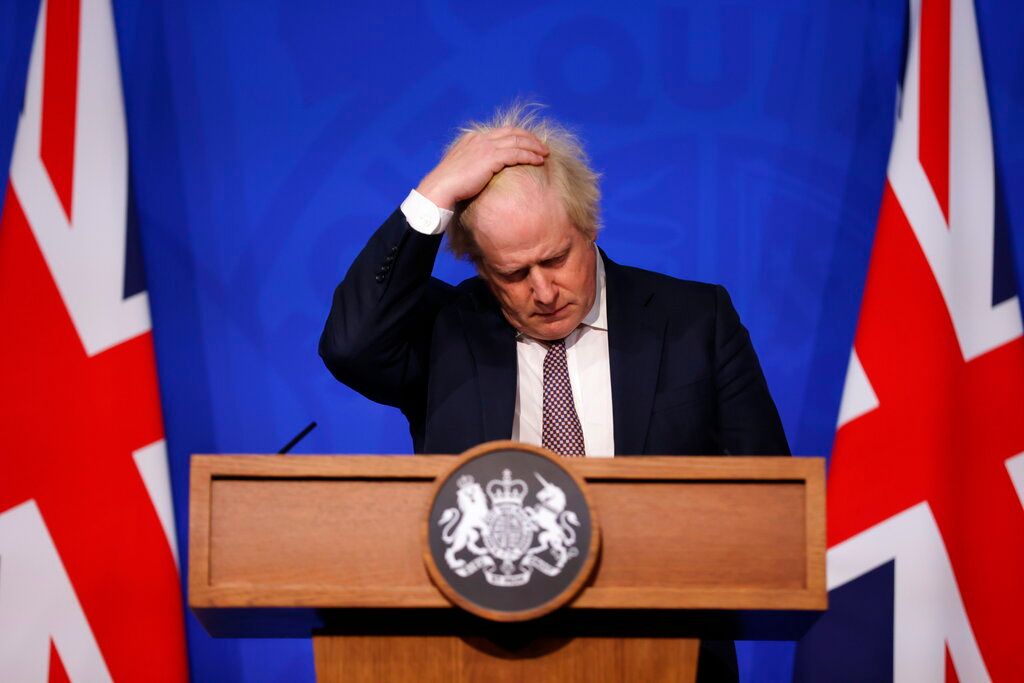British Prime Minister Boris Johnson on Thursday announced his resignation as Conservative leader following mounting pressure from lawmakers in his own party to stand down.
Under the UK political system, between elections, only Conservative members of Parliament have the power to remove a sitting Conservative Prime Minister.
Also read: Boris Johnson resigns as British Prime Minister
So, what happens to the UK government when a Prime Minister resigns, and how is a new leader elected?
Does the resignation trigger a general election?
No. It starts the Conservative Party process for choosing a new leader of the party.
Also read: Five issues that led to the resignation of UK Prime Minister Boris Johnson
UK Prime Ministers are not directly elected by the people; Johnson is Prime Minister because he is the head of the largest party in the House of Commons.
How is the new Conservative Party leader chosen?
Leadership candidates need the support of at least eight lawmakers. If there are more than two candidates, Conservative Party lawmakers hold round after round of votes to whittle the number of leadership candidates down to two.
Also read: ‘We don’t like him either’: Russia’s Kremlin on British PM Boris Johnson
Then Conservative Party members nationwide vote — by mail — between the two finalists. The winner becomes leader of the party — and Prime Minister.
Who will be the Prime Minister while all this happens?
Johnson indicated in his resignation speech that he plans to stay in office until a successor is chosen.
Also read: From Brexit deal to Partygate, a timeline of British PM Boris Johnson’s career
That’s what would happen under normal circumstances: A Prime Minister who has resigned as party leader stays in office as caretaker Prime Minister until there is a new party leader.







